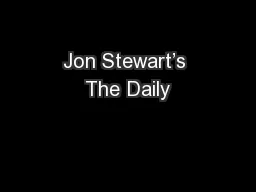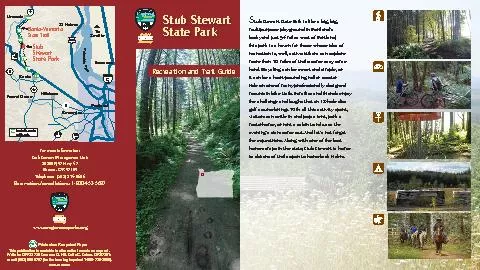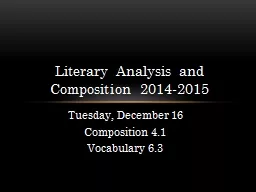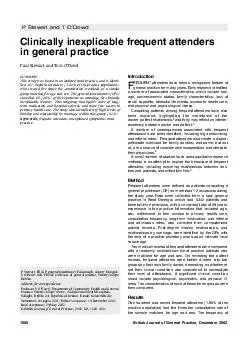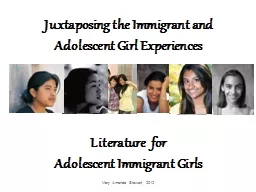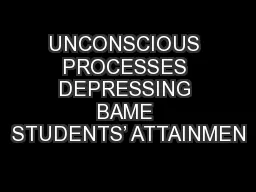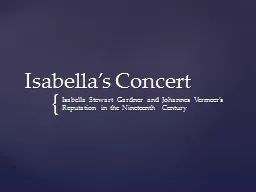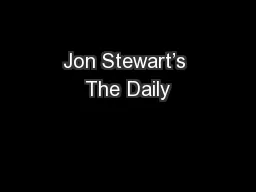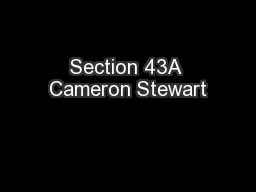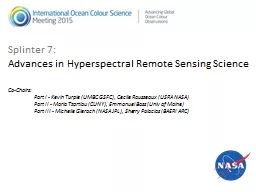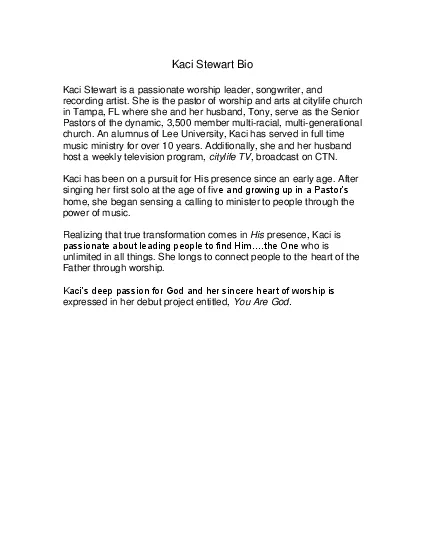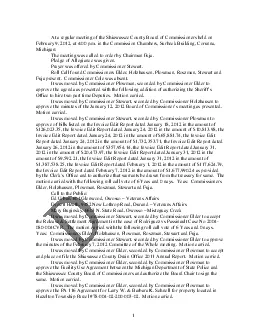PPT-Jon Stewart’s The Daily
Author : natalia-silvester | Published Date : 2017-03-31
SHow amp the rhetorical question Explores leading question the issue of framing agency responsibility etc httpwwwthedailyshowcomwatchwedseptember132006thequestionmark
Presentation Embed Code
Download Presentation
Download Presentation The PPT/PDF document "Jon Stewart’s The Daily" is the property of its rightful owner. Permission is granted to download and print the materials on this website for personal, non-commercial use only, and to display it on your personal computer provided you do not modify the materials and that you retain all copyright notices contained in the materials. By downloading content from our website, you accept the terms of this agreement.
Jon Stewart’s The Daily: Transcript
Download Rules Of Document
"Jon Stewart’s The Daily"The content belongs to its owner. You may download and print it for personal use, without modification, and keep all copyright notices. By downloading, you agree to these terms.
Related Documents

